In Week 3 of National Safe Work Month, we unpack risk management fundamentals, a key component of the WHS fundamentals covered in Week 1.
Workers’ compensation claims for injuries resulting from psychosocial hazards at work are increasing. In total, serious claims for mental health conditions in 2021-22 resulted in 584,029 working weeks of time lost from work.
This National Safe Work Month, Safe Work Australia is encouraging all Australians to make safety their business.
National Safe Work Month is held every October and provides an opportunity for workplaces across Australia to recognise the importance of work health and safety.
Controlling psychosocial risks
In deciding how to control psychosocial risks, you must consider:
Effective consultation with workers improves decision-making about health and safety matters and assists in reducing work-related injuries and illness.
Myths about psychosocial hazards
To control the risk from poor support your workplace can:
You must provide your workers with information, training and instruction or supervision to help them stay safe at work. New and inexperienced workers are particularly at risk.
Support your workers by:
Common psychosocial hazards include:
Myth:
"Young workers don’t get serious injuries at work".
Fact:
What are the WHS fundamentals?
This week gets back to basics by unpacking the fundamentals of WHS that everyone should know.
Musculoskeletal injuries (MSI) are a broad term that refers to any injury to, or disease of, the musculoskeletal system.
They can include:
Myths about musculoskeletal injuries
- Training in lifting will prevent musculoskeletal injuries.
- Only physical hazards can cause musculoskeletal injuries.
Fact about musculoskeletal injuries
Bot
What are musculoskeletal injuries?
Musculoskeletal injuries are a broad term that refers to any injury to, or disease of, the musculoskeletal system.
What does genuine consultation with your workers look like?
Top 5 injuries in small businesses
Did you know?
Workers in small businesses are not immune to risk of injury or illness.
Between 2017-18 and 2021-22p*
Risk management in small business
Make sure you have ways for workers to report hazards in the workplace.
A small business, with lower risks, might have:
Safety Spotlight - Working from home
Health and safety representatives can:
A risk assessment helps you understand how severe the risks are and what you need to do to manage them. Just follow these steps:
Myths:
"Risk management is just a tick and flick exercise."
"I work in an office and there are no risks in my workplace.:
In 2023, 200 people lost their lives at work. There were also 139,000 serious workers’ compensation claims for injuries and illnesses.
Kick start your WHS consultation and test your knowledge with our Safe Tea Safety Trivia pack! Match the safety topic, guess the WHS hazard, and more.
The pack contains:
- Question cards
- Question and answer sheet
- Question and answer slides
2024 theme
Download the social media tiles for National Safe Work Month.
Return to the resource hub.
Download the posters for National Safe Work Month.
Return to the resource hub.
Download the digital assets for National Safe Work Month. These include:
Download the activity sheets for National Safe Work Month.
Download the campaign kit pack for outdoor workers with the .ZIP file above. This kit contains:
National Safe Work Month is held annually in October to build community awareness and knowledge of work health and safety.
This National Safe Work Month, individuals and organisations are encouraged to put work health and safety front and centre through the theme for everyone’s safety, work safely.
National Safe Work Month is a time to commit to building a safe and healthy workplace, free from physical and psychological harm.
Safe Work Australia encourages everyone to commit to building safe and healthy workplaces this National Safe Work Month.
National Safe Work Month is held every October and reminds us of the importance of work health and safety.
Use this shell media release to promote your organisation's activities during National Safe Work Month 2023.
